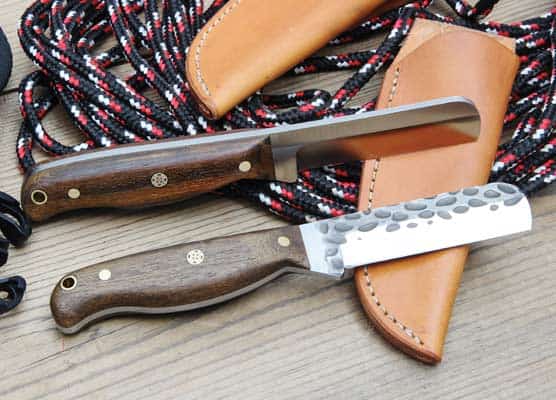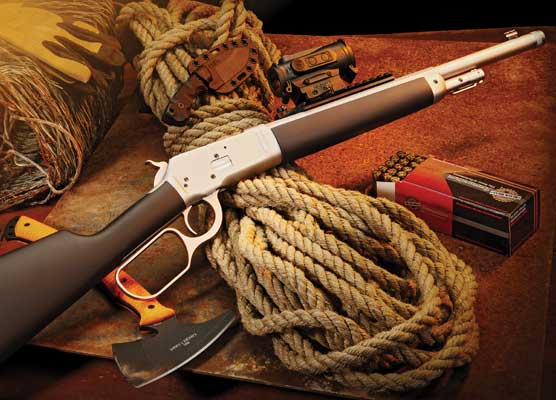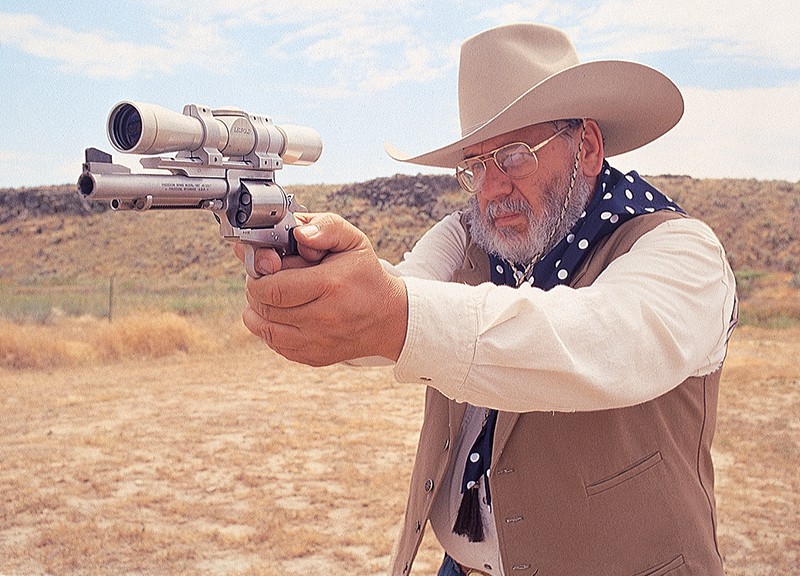| Uncategorized |
3
As a longtime fan of about everything labeled “Winchester,” I must shamefully admit I had no idea as to what a Model 1907 was. I’ve owned scores of Winchester leverguns, a lesser number of Model 70’s from .220 Swift to .300 H&H, killed my first deer with a Model 54 .257 Roberts and was given a Model 77 .22 LR at about age 10 by my grandfather.
Yet the Model 1907 brought up a complete blank in my mind until I bought one. Specifically it is a semi-auto, magazine-fed rifle chambered only for the .351 Winchester Self-Loading (WSL). I had most certainly heard of the cartridge but knew next to nothing about its history, ballistics, availability of factory ammo or even reloading components.
But ignorance has never been a brake on my impetuosity. Upon seeing the fine condition of this particular Model 1907, bucks were immediately counted out. Then I turned to Internet to search out and order brass, dies, bullets and a bullet mold—none of which arrived as of this writing. Luckily my new prize came with 38 rounds of Winchester .351 factory ammunition or I’d be writing this without ever firing it.
For those anti-gunners so fearful of the dreaded “modern autoloader fed by bullet clips,” which they consider responsible for so much crime in this day and age, the Model 1907 should be an embarrassment. It arrived on the scene 108 years ago, was made for a half-century, and isn’t in the least considered a symbol of crime and depravity by the idiot news media.
It doesn’t even look military, although at times it served in such a capacity. It has a 2-piece walnut stock, a 20-inch barrel and a blued finish. Admittedly, the standard Model 1907 magazines were only of 5-round capacity, but Winchester did make ones holding 10. Unloaded, my ’07 weighs exactly 8 pounds. In size it classifies as a carbine. In weight it does not.
Almost every autoloading rifle or carbine in existence has a charging handle on one side or the other of the receiver. It is for pulling the bolt rearwards to chamber the first round from the magazine. Not so with the Model 1907. There is a flat-tipped rod extending from the forearm. You simply lay your finger on the cupped tip and push the rod back to retract the bolt. Releasing it chambers a round.
The .351 WSL is an interesting cartridge. It is a straight, semi-rimmed case 1.38 inches long. Oddly, its bullet diameter is truly 0.351-inch instead of the 0.358-inch normally associated with rounds such as .35 Whelen, .35 Winchester or .35 Remington. Normal jacketed bullet weight was 180 grains and factory ballistics had it moving at about 1,800 fps.
Duke’s newest prize is a fine-condition Winchester Model 1907 .351 WSL.
Standard sights on Model 1907’s were a bead front with an open rear adjustable for elevation by means of a notched slider. It could be drifted in its dovetail to zero windage. Also at the rear tang are two closely spaced threaded holes meant for the old peep sights most often associated with leverguns. I intend to find one at some point.
There is no provision for scope mounting on my ’07, which is right and proper considering it was made in 1910 by its serial number. Production did not cease until 1957 so perhaps later ones were drilled for scope mounting. I don’t know. Since fired cases eject from the receiver’s right side, a top-mounted scope wouldn’t have been a problem.
Now what about the Model 1907’s military history? Well, it seems the French bought thousands of them during World War I along with a huge supply of .351 WSL ammunition. Again in World War II they bought a much lesser number. I hate to quote figures here because I got the information off of the Internet, which is great for buying things, but not so great for gaining accurate knowledge. Another common use of Model 1907’s in the early part of the 20th century was for arming prison guards, which is where the 10-round magazines came into play.
The purpose for which Winchester Repeating Arms developed the ’07 and .351 WSL was deer hunting. Some of today’s “authorities” have claimed the cartridge is not suitable for deer hunting. That’s silly because the sights on Model 1907s limit practical range to about 150 yards and much less powerful rifles and carbines have made fine deer guns. Winchester softnose factory loads should be just fine, albeit a bit expensive since they’re not produced anymore.
Also, I’d like to add this final note. Anyone familiar with M1 .30 Carbines should see a vague similarity to the Model 1907. After all, Winchester engineers developed both. Also it is a known fact the US Government asked Winchester to develop the .30 Carbine round from their .32 WSL. Still, the M1 used gas for operating the action but the Model 1907 is a simple blow-back design.
After all my components, molds and dies arrive, I will know much more about shooting the Model 1907 and handloading the .351 WSL.
By Mike Venturino
Photos By Yvonne Venturino
Read More Montana Musings Articles
Order Your Copy Of The GUNS Magazine September 2015 Issue Today
Download A PDF Of The GUNS Magazine September 2015 Issue Now!


